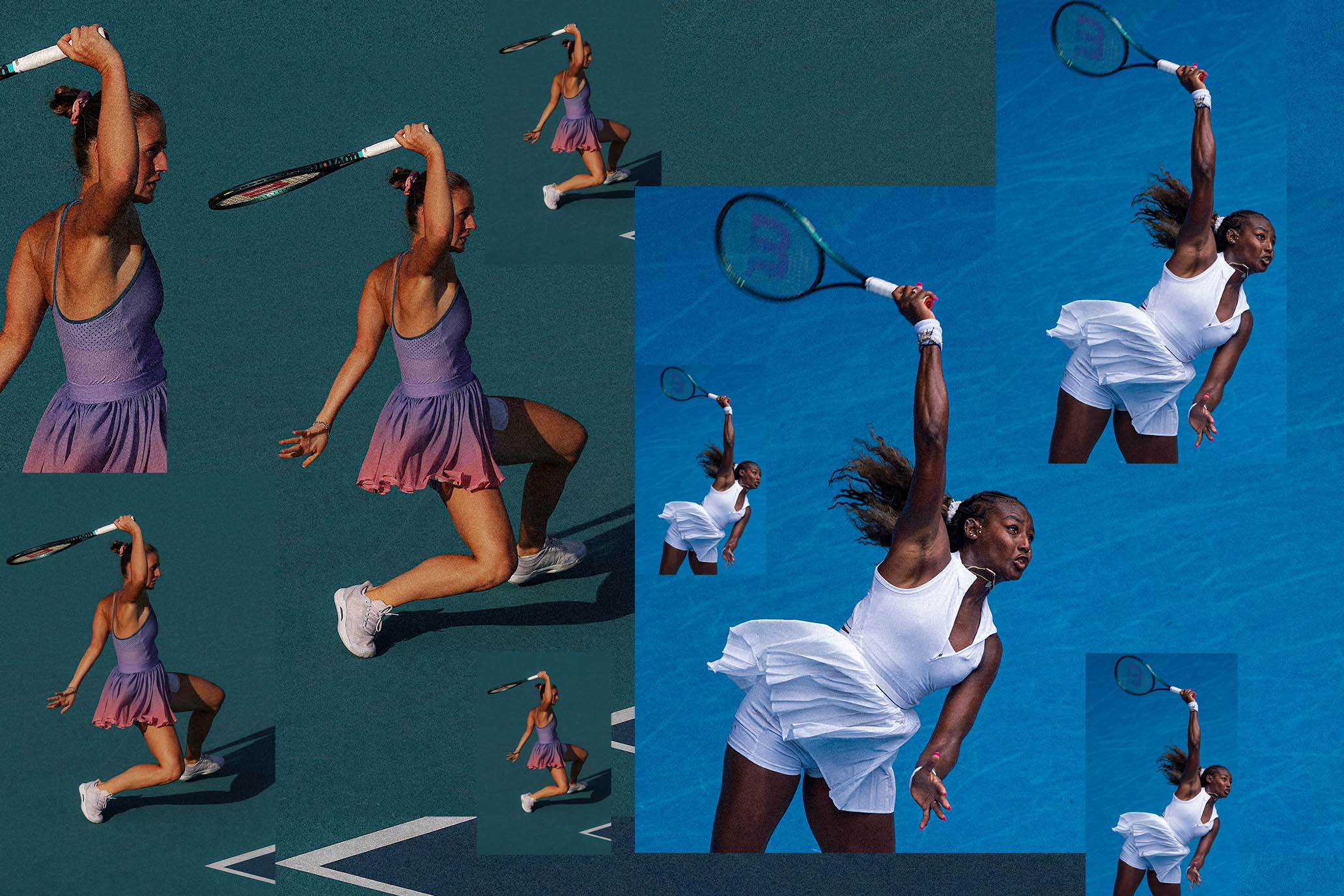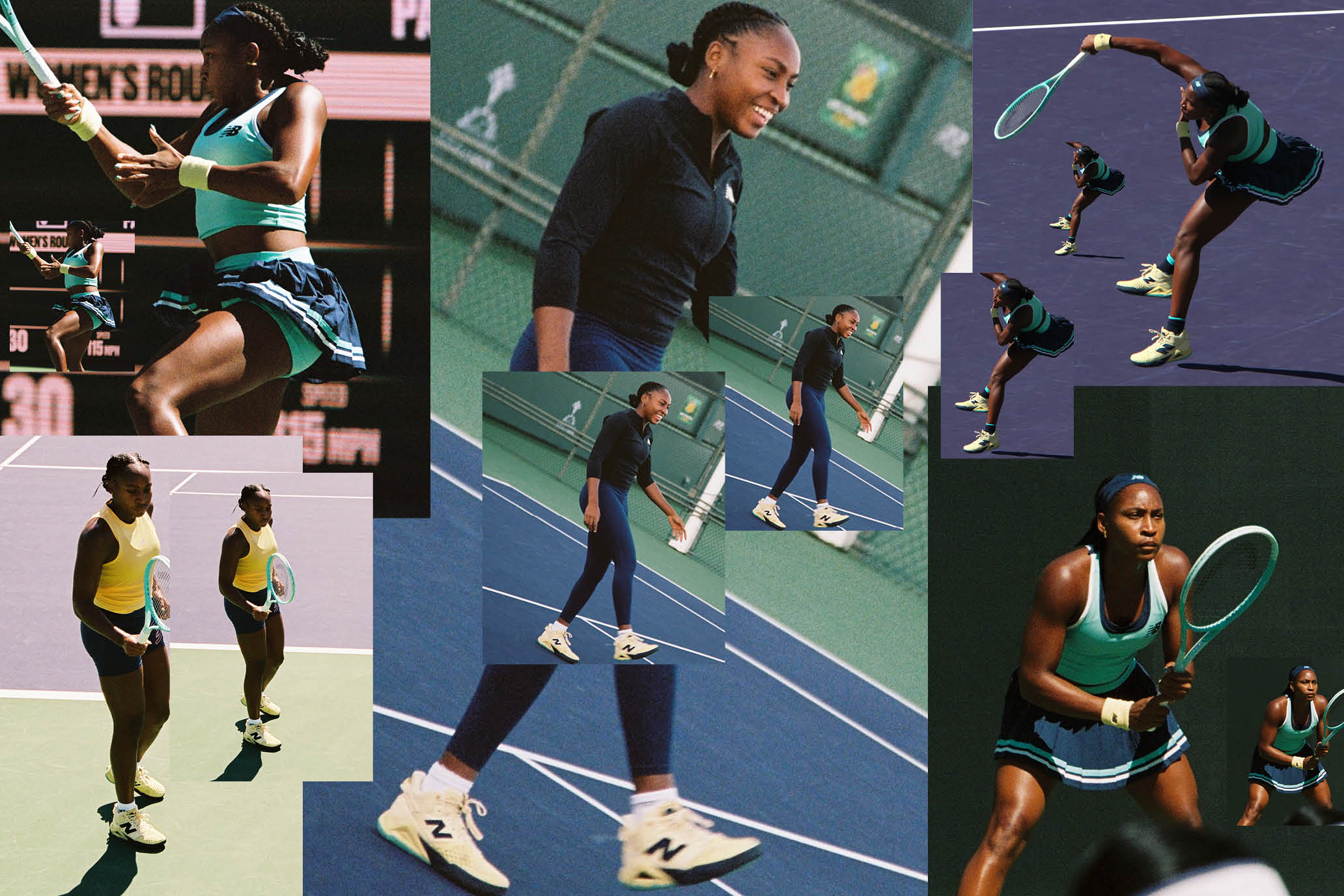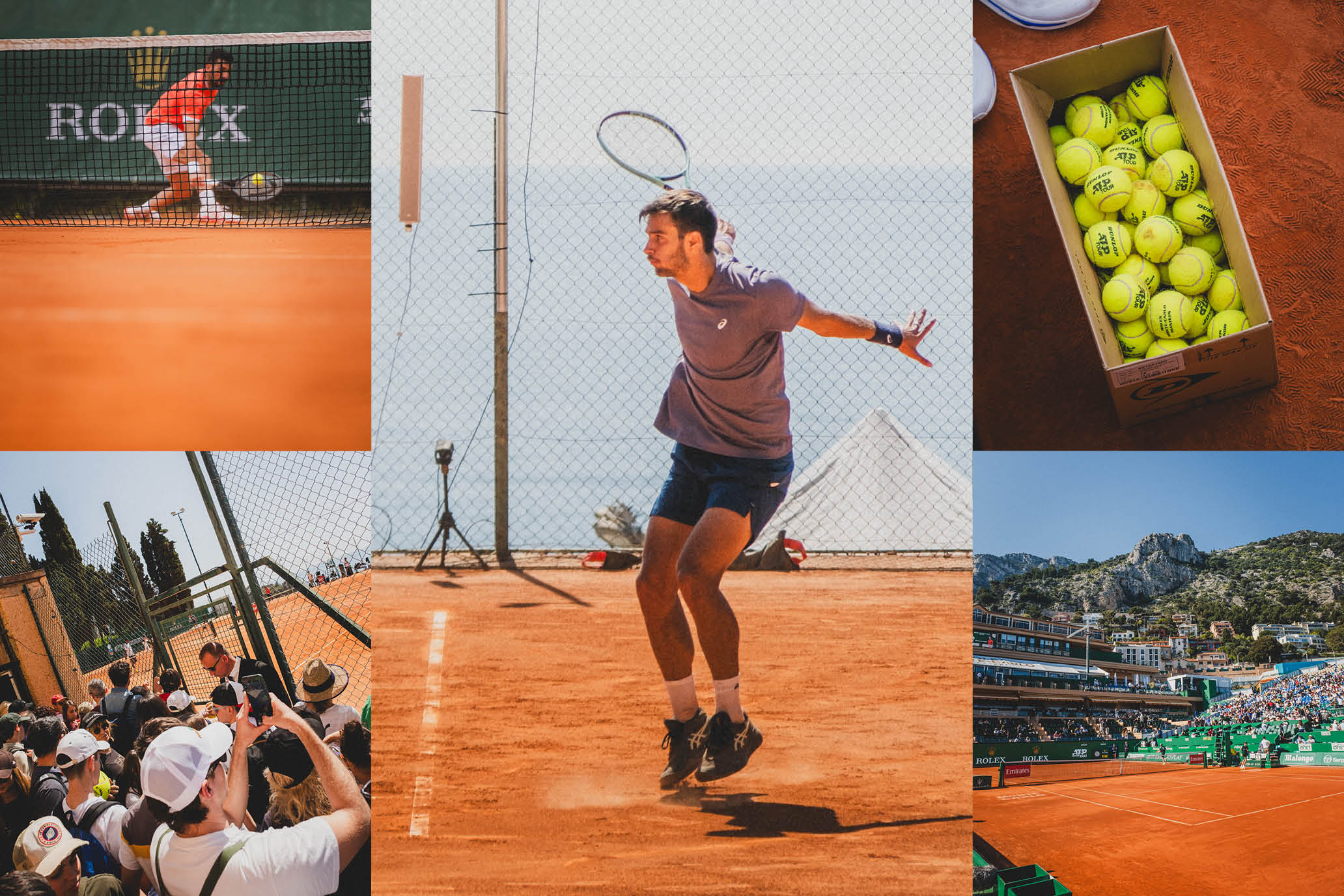Walking Tall
Walking Tall
Diego Schwartzman forced the issue.
Diego Schwartzman forced the issue.
By Giri NathanFebruary 20, 2025
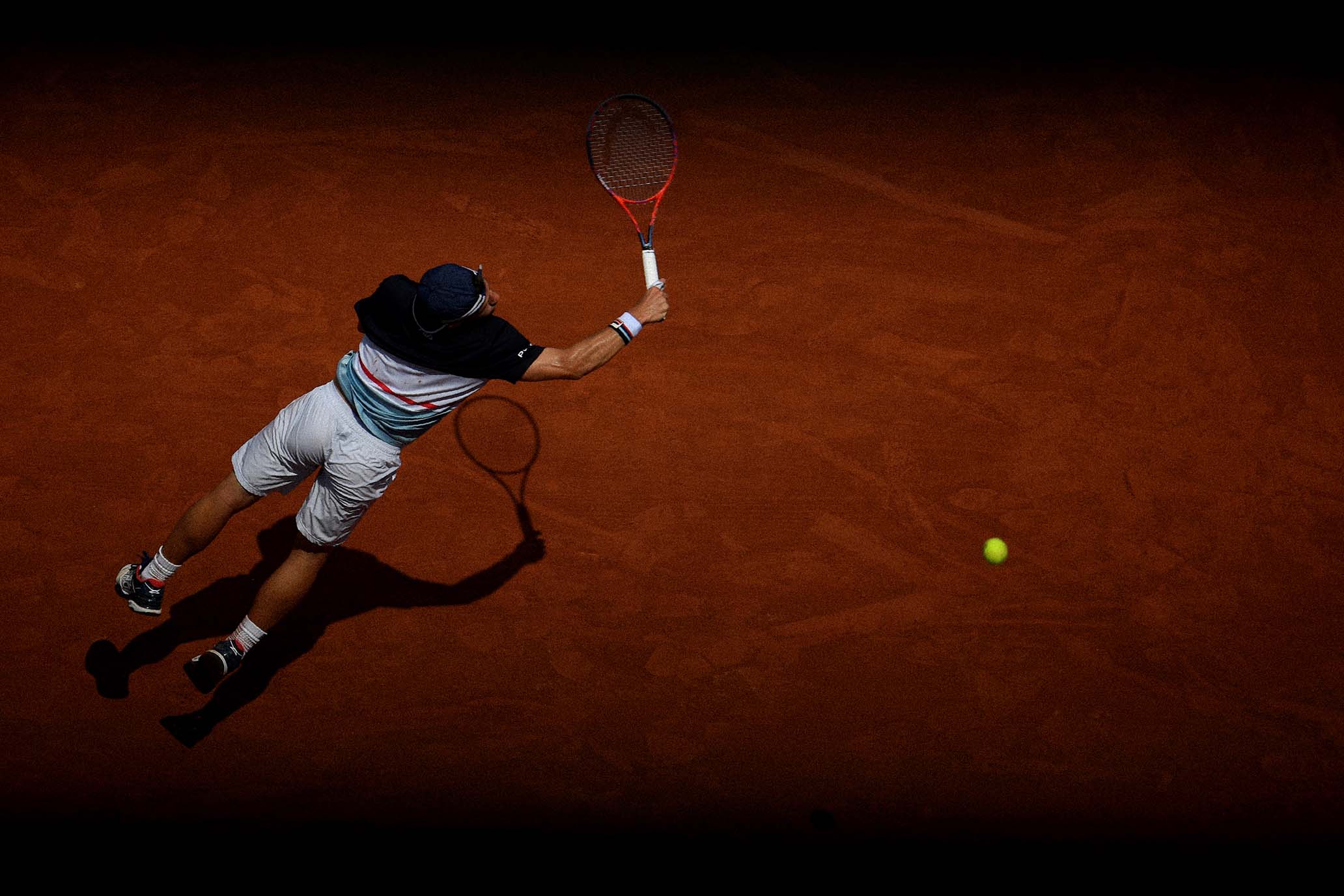
Diego Schwartzman takes flight at Roland Garros, 2018. // Getty
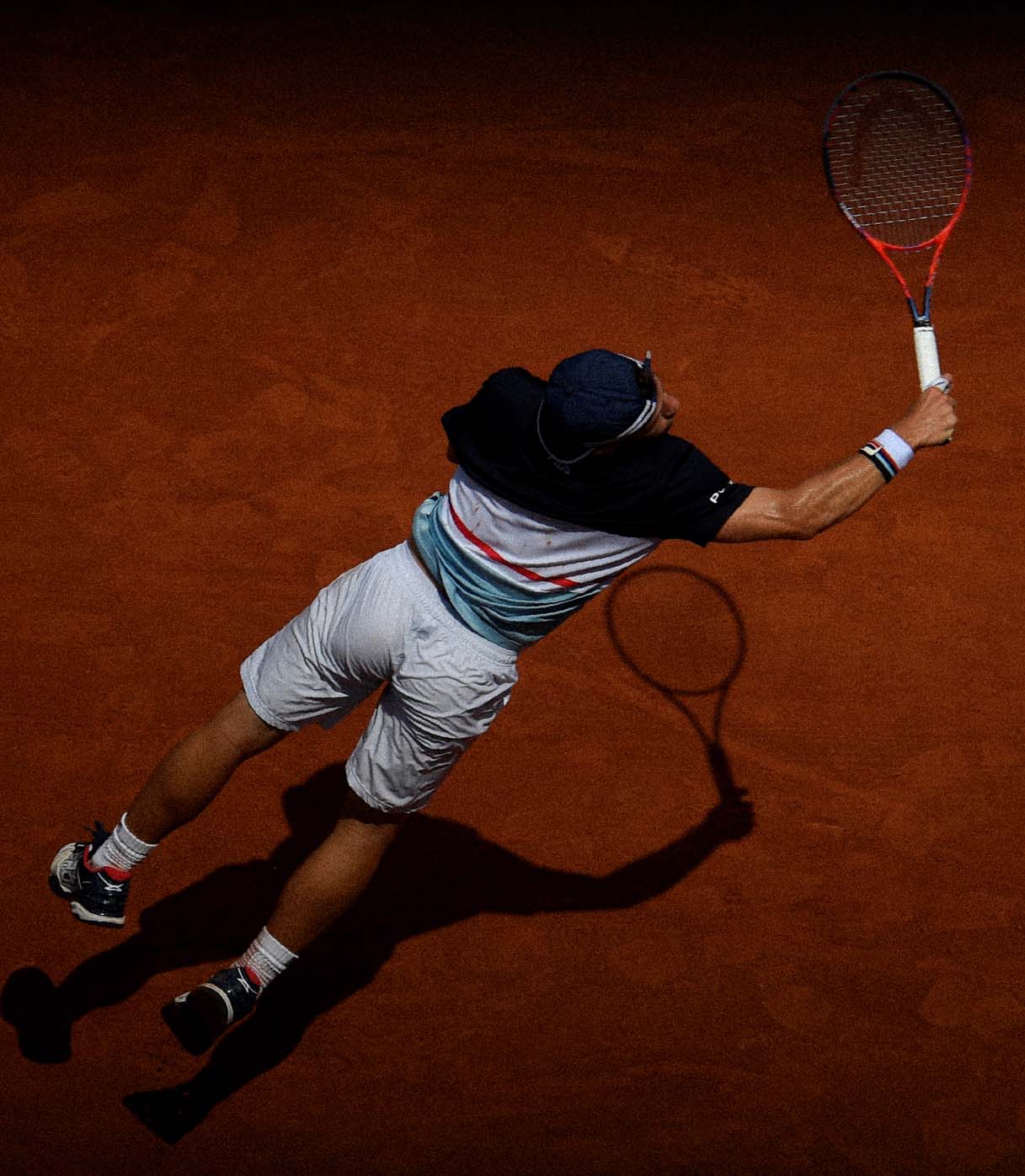
Diego Schwartzman takes flight at Roland Garros, 2018. // Getty
Imagine, 50 years from now, looking back at the current era of the ATP, but seeing its players only as outlines, shadows cast against a paper screen. You’re trying to remember who is who. Many of those silhouettes would be lost to time; you’d lived plenty of life since then. Plenty more would seem interchangeable, as there are so many ATP players with roughly the same proportions, to say nothing of their same-ish styles of play. But one silhouette would be unmistakable. The racquet, dangling at rest, almost grazes the ground. A backwards hat sits on top of his head. He seems like he’d have to strike most balls at head height. There’s no mistaking Diego Schwartzman, who retired from tennis last week. He looked like no one else out on the court, and his tennis looked like nobody else’s tennis.
On a tour dominated by fast serves struck from high vantage points, and powerful ground strokes levered by long arms, Schwartzman was an outlier, officially listed at 5 foot 7. When I had a chance to hang out with him for a profile a few years ago, I realized that figure was probably two inches overstated. Quite often, at the coin toss or at the handshake, Schwartzman was clearly a full foot shorter than his opponent. And during his peak, which began at the end of 2017 and ran through 2021, he could beat almost all of them. In 2018, when he first entered the top 10, he was the shortest player to do so in 37 years.
Most of the shorter players in the sport opt for a counterpuncher’s style, patient and opportunistic. Schwartzman, meanwhile, was thrilling because of how persistently he forced the issue. He was short, but such an explosive athlete that he could access power anyway. And he played with a racquet that was two inches longer than the standard, the maximum length permitted on tour, which extended his reach and leverage. He used an extreme semi-western grip on his forehand that made it easier to manage high balls. On the flip side, it can be harder to deal with low balls—fortunately not an issue for Diego, who could easily meet them where they were. His return was among the best in the world; for six seasons he landed in the top three in percentage of return games won. The serve was weak, sure, but once the rally had gotten to neutral, he was as pure a ball-striker as anyone alive. To me this was one of the greatest sights in this or any sport: the diminutive Argentine, hurling himself off the clay to hit a high-bouncing ball about six feet high and plucking a winner out of the air.
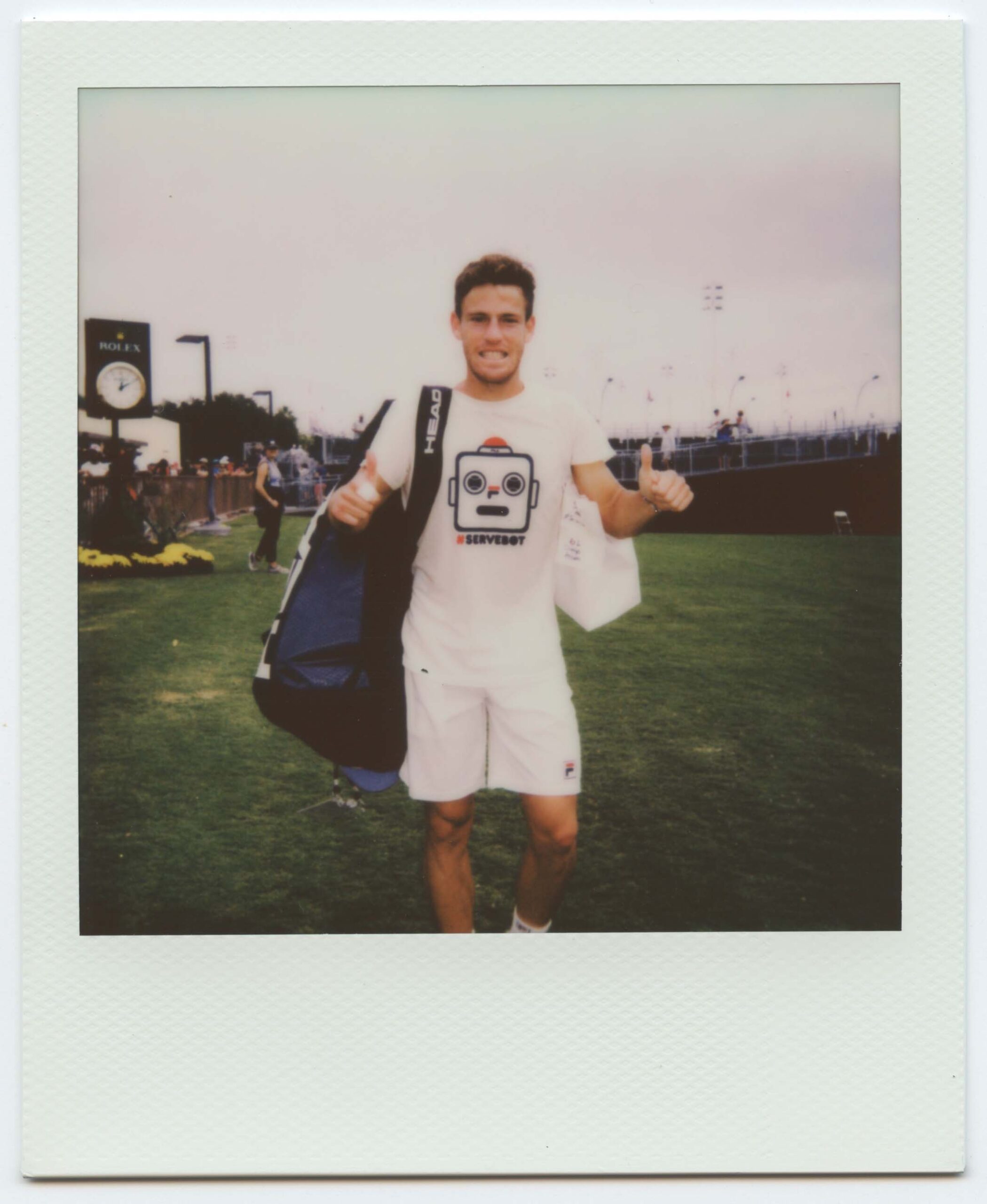
Diego in tennis paradise, 2021 // David Bartholow
Everything he accomplished, he did it by outhitting his opponents from the baseline, no cheap points. And in time all the qualifiers fell away; he wasn’t just good on clay, he wasn’t just good for a short guy, he was just plain inarguably good, with an excellent résumé: the No. 8 ranking, four titles, and deep runs at the Slams (four quarterfinals, one semifinal). His most memorable match, for many fans, might even have been a loss. Back in 2018 he went up a set and a break on Rafael Nadal at Roland-Garros, looking as good as anyone ever had against Rafa on Court Philippe-Chatrier, putting him in a peril that very few players managed over a two-decade span. Then rain suspended play. Nadal came back the next day and won. But two years later, in Rome, Schwartzman did add his name to the prestigious list of players who managed to beat the king of clay. In one interview he told me that he could feel himself accumulating respect in the locker room with every big win he pulled off on the court.
Once you got to know Schwartzman’s backstory—his upbringing in poverty during Argentina’s economic depression—you could see that his success was statistically unlikely in ways beyond just the height. He’d had to work. But he bristled at having his success reduced to mere persistence. He was also, it bears reiterating, an otherworldly talent. Persistence alone won’t get you a first step that fiery, or a touch that soft. I liked how he put it in a recent first-person retirement essay: “Just being a fighter does not get you to the top. I was there because I was good at this sport. Nobody gave me a gift. I earned this.”
In that same essay, Schwartzman identified the precise moment of his decline. During a match at Hamburg in 2022, he felt an unfamiliar sensation, cramping and shaking. That feeling persisted and his results never recovered. He fell out of the top 100 the next season. Here was another reminder not to take any of your favorite players for granted. For a time, Diego and his close friend Dominic Thiem played brilliant matches against each other, and both men seemed like they’d be tour staples for years to come. As it turned out, their primes were stunning but brief. Neither man extended his success into his 30s, and both retired at ages that might as well be mid-career in the contemporary game.
Schwartzman announced that he would hang up his racquet, at age 32, at his home tournament in Buenos Aires. He’d won the title there in 2021 without dropping a set. Heading into last week, Schwartzman had barely played at all in the prior six months, just one Challenger match—a loss—to tune up for his last stand. There, Schwartzman produced one final miracle: a three-set defeat of the No. 40, the big-serving Nico Jarry, extending his career one more match. That was about as far as he could go. In the final points of his very last match, against Pedro Martinez, Schwartzman was cheered by the entire stadium. The umpire tactfully let them sing their hearts out before eventually cutting it off. There were tears in Schwartzman’s eyes during those last few rallies. His peers, too, sent him off in a chorus of praise. Holger Rune remembered the time, as a rookie short on cash, that Schwartzman walked up and paid for his food. We may never again see a top 10 player quite like him. The man known as El Peque can have the last word: “I have a small body, but it gave the biggest players in our history bad moments.”
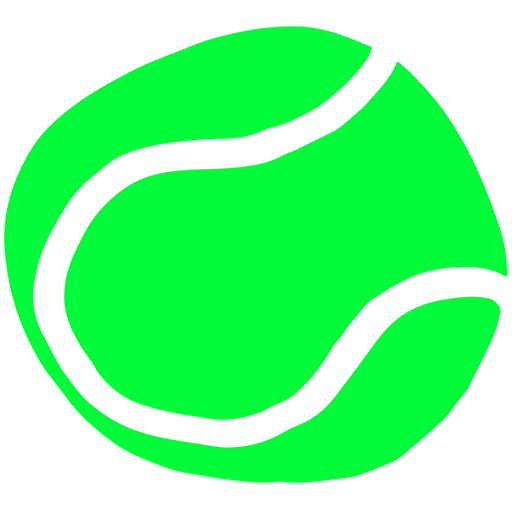

The Hopper
—CLAY Tennis on Beatriz Haddad Maia’s US Open run.
—Giri on Iga Swiatek’s loss to Jess Pegula.
—Jon Wertheim’s mailbag is full this week.
—Sara Errani and Andrea Vavasori have won the US Open mixed doubles.
—Tim Newcomb on Taylor Fritz and Asics.

